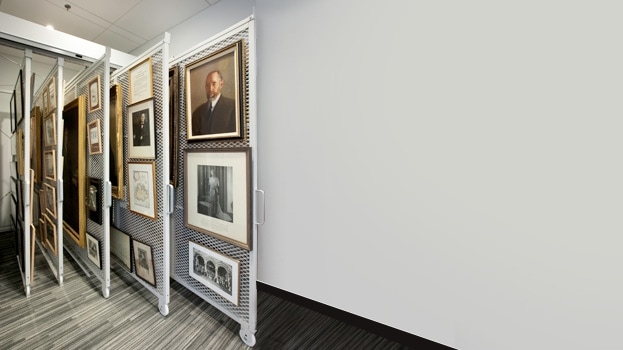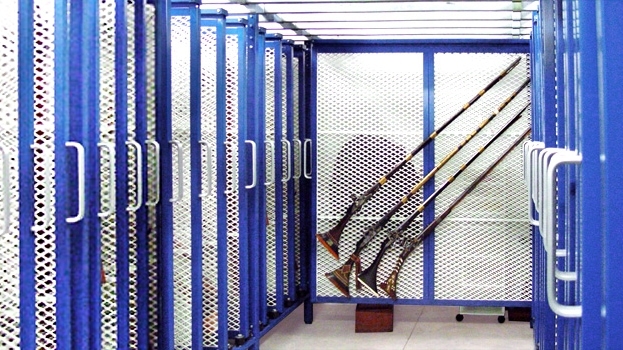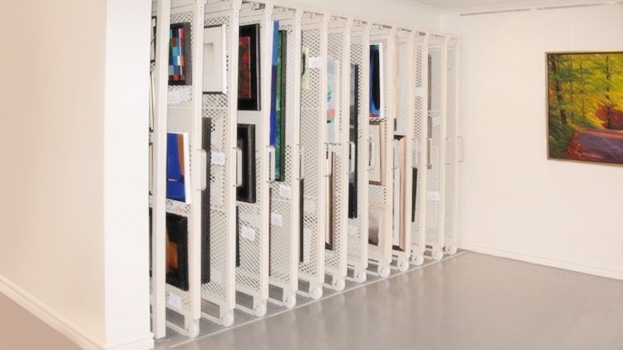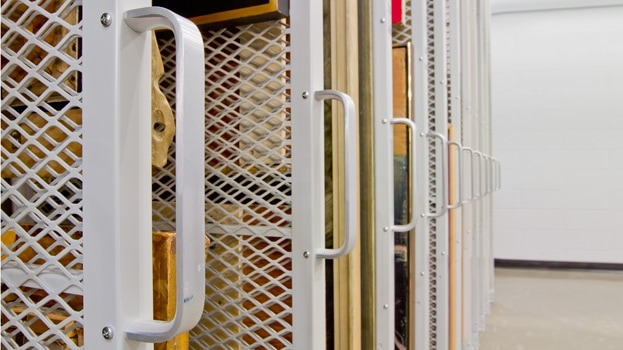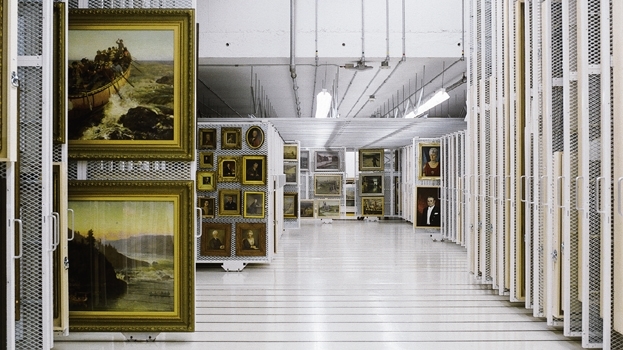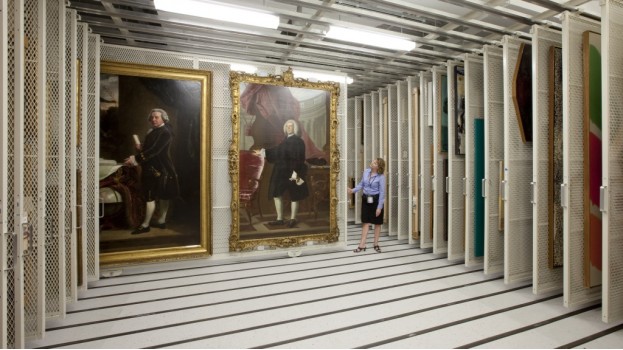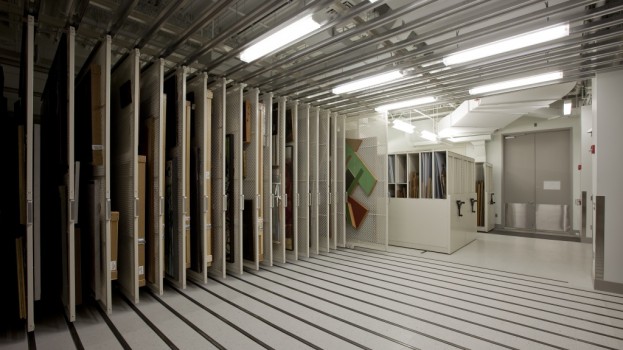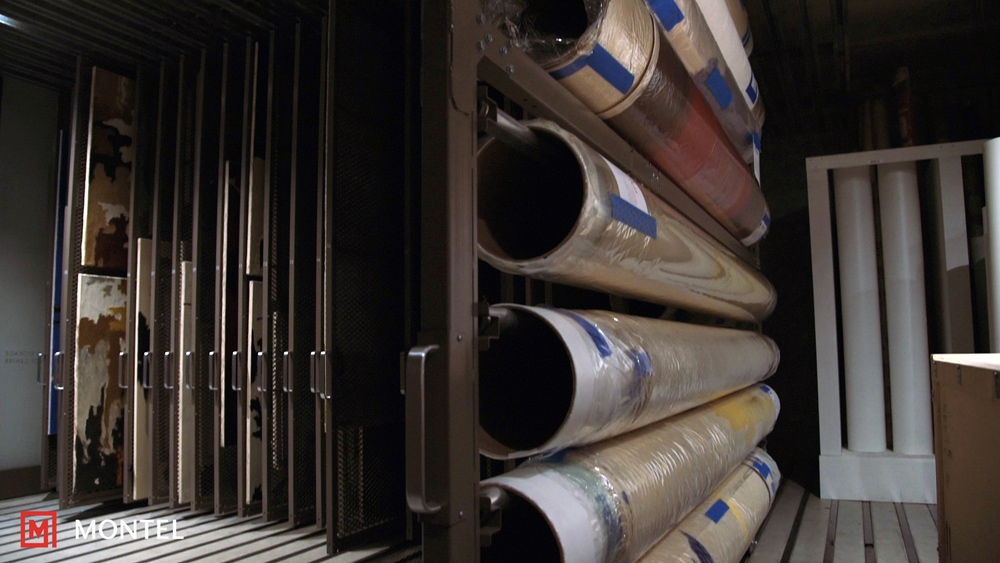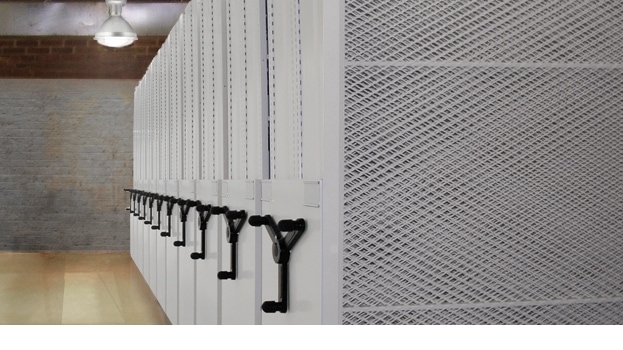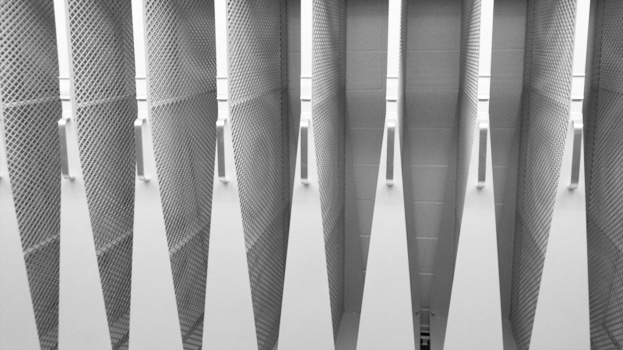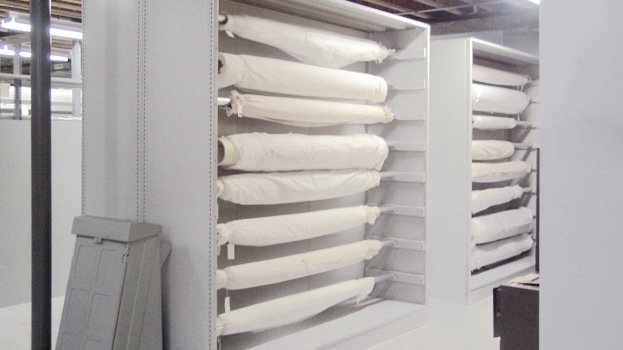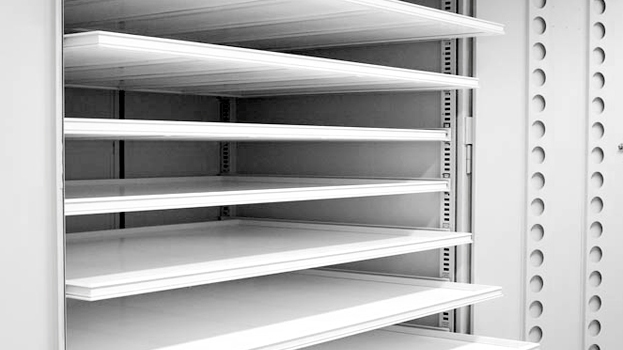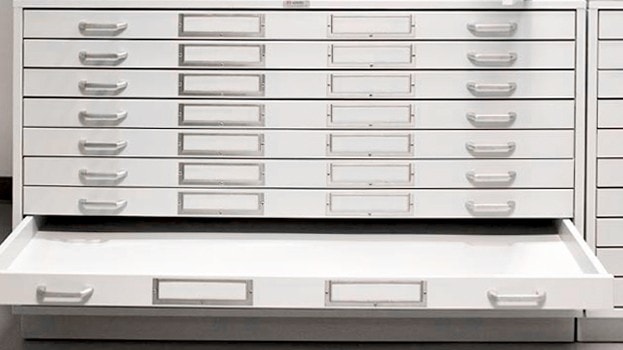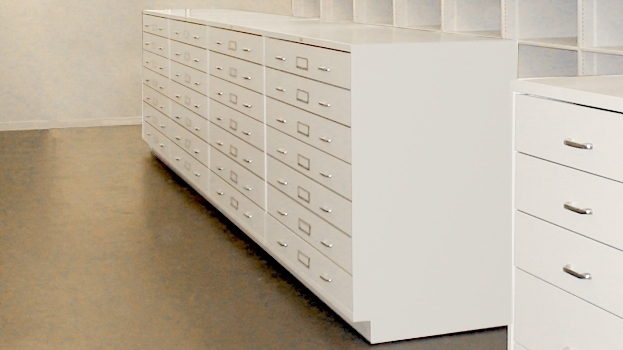Museum
Museums and galleries hold valuable and irreplaceable objects, which are vulnerable to a kaleidoscope of risks and dangers. Therefore, investing in first-rate museum cabinets, drawers, and equipment is essential to safeguard these treasured items.
A museum collection storage is a dedicated space to hold, store, and display museum objects, natural history specimens, and archival materials. Curators commit themselves to organizing and keeping collections safe in storage, and strategies are assessed and implemented to improve the museum objects’ condition and employ techniques for their long-term preservation.
Benefits of Proper Museum Storage and Shelving Systems
Museum cabinets and shelves are not only used to store collections of immeasurable value. They also serve as additional defense from potential environmental hazards.
Protection and Preservation
Installing cabinets and drawers help keep museum items safeguarded from deterioration caused by exposure to light, dust, moisture, and other environmental factors. Using the appropriate museum equipment, collections are preserved in their best state for the next generations to enjoy. Moreover, curators can keep their collections from being stolen by setting up additional protective efforts through proper storage techniques.
Proper Item Showcase
Display work is a vital component of museum storage since it allows curators to position artwork, historical collections, specimens, and documents in visually appealing ways. In addition, specialized museum storage systems can help improve the aesthetic of museum galleries by providing tailor-fit cabinets or shelves for various purposes.
Storage Space Maximization
Storage solutions help museum curators maximize spaces in their housing collection. Museum shelves and cabinets also allow them to stay organized, reducing the risks of items of high value being lost or misplaced.
Particular standards are set in planning and installing museum storage systems. Thus, curators should carefully evaluate their museum storage needs to ensure they select the appropriate museum equipment.
Standard and Requirements for Museum Storage Space
As museums hold historical objects of unparalleled value, specific standards and requirements for collection storage have been set to ensure these items’ safety and conservation.
- Separate museum storage. Museum storage requires a separate and dedicated space to store objects and collections. This ensures that collections’ vulnerability to theft, mishandling, and vandalism decreases as visitation and unwarranted access are deterred.
- Minimal penetrations and optimum thermal performance. Collections are delicate and are often irreplaceable, so it is important to consider the environmental factors that might damage the items. Housing conditions should be at optimum levels to effectively preserve museum objects. In addition, museum storage temperature should be maintained and regularly checked to prevent pest infestation and molds and diminish the possibility of fire.
- Appropriate containers. The dimensions of museum objects vary and should be stored in specialized containers and drawers with enough space to accommodate their storage needs. When mixed with other items in tight spaces, collections are more prone to damage.
- Strength and durability. Museum shelves, cabinets, drawers, and equipment should be made of superior materials to ensure that they can carry and store collections efficiently. Flimsy and poorly-made storage systems are prone to breakage and could lead to the disfigurement of treasured objects.
Museum Quality for Storage Equipment, Containers, and Materials
Museum drawers, shelves, and cabinets should not contain harmful substances that may cause or accelerate the deterioration of housed objects. Equipment and containers must be inert, non-reactive, pH-neutral, and alkaline-buffered materials to prevent damage that may shorten their lifespan.
Pieces of museum storage equipment are often assembled out of powder-coated steel with an acrylic, epoxy, or polyester finish. Anodized or powder-coated aluminum is also acceptable. However, storage cabinets and shelves made of wood are not ideal for sensitive collections. This material is prone to pest infestation and emits harmful organic acids and peroxides in the long run.
Additionally, museum storage containers should be made of acid-free materials; they often take the form of corrugated paper-based boards or plastics. Polyethylene or polypropylene are the best plastics for the job, as these materials are sturdy and non-toxic.
Assessing Museum Storage Equipment Needs
If museum storage equipment doesn’t adhere to the abovementioned standards, curators should consider upgrading or replacing their shelves, drawers, and other storage equipment. The first step to upgrading your museum storage systems is identifying and evaluating your museum housing needs.
Use the following steps to assess museum storage equipment:
- Examine the entire collection. Focus on objects designated for storage; take note of their current physical condition and compare them to their appearance when they were delivered to the museum. Then, identify possible damages procured during storage to know which items need special attention and storage techniques.
- Group objects by materials. A museum holds historical objects of varying materials. Therefore, it is vital to identify what items are made of to know their storage and containment requirements.
- Recognize their sensitivity. Some museum items are more delicate than others. Thus, curators should furnish specialized containers and equipment for sensitive objects to reduce the risks of damage and prolong their lifespan.
- Aggregate the collection. It is essential to come up with an approximate number of things for storage. Curators should also consider including collections that will arrive in the museum in the future to avoid scarcity in storage spaces.
High-Quality Museum Storage Solutions From Storage Systems USA
Storage Systems USA is one of the leading providers of high-quality storage solutions! Our services and products are designed to meet our client’s museum requirements, and we offer free consultations to answer any questions related to your storage needs.
Here are some of our products:
ModulArt Storage Panels Kit
This modular, transportable wheel storage system is devised to hold and support artworks and paintings. The ModulArt Storage Panels Kit is pre-assembled and freestanding and occupies a cubic area of around 3 x 3 x 3 meters. These compact panels with a sleek design will help amplify your storage space while guaranteeing the safety of your treasured art pieces.
Pull Out Art Rack
Available in either a ceiling-suspended or floor-mounted art rack format, these double-sided panels enable museums and art galleries to transcend the security and accessibility issues of painting and artwork storage. Moreover, the sliding feature of Pull Out Art Rack allows you to access paintings easily and maximize storage without artworks touching each other.
Mobile Storage Panel System
Storing artwork requires extra careful handling; they cannot be stacked as this technique would damage the pieces. The good news is that Montel’s Mobile Storage Panel System is the perfect solution for artwork storage. These vertical double-sided panels mounted on a rolling carriage are easy to install and allow you to access stored objects without restraints.
Textile & Artifact Storage
We deliver a cantilever shelving system to keep rolled textiles varying in length and width to enable museums to maximize their available space. Meanwhile, our specimen and artifact cabinets are the perfect storage to preserve collections of precious objects. These cabinets are made of premium steel and powder-painted to protect artifacts from environmental damage.
Upgrade Your Museum Storage Today
As an expert supplier of storage solutions, Storage Systems USA can help you upgrade your museum storage space and equipment without hassle. Our storage panels and racks are engineered and tested to store items that require special handling, and we can assist you in finding the most suitable products for your museum.
Our experienced consultants will help you create and launch various museum storage planning techniques geared toward making the most out of your storage spaces.
Contact us today and get your free consultation from the Storage Experts!



